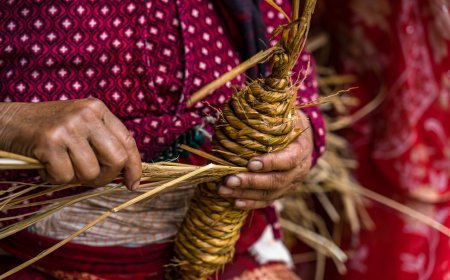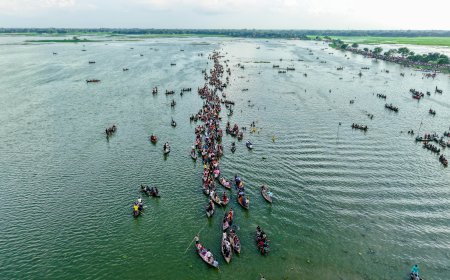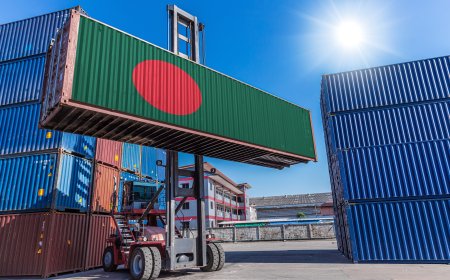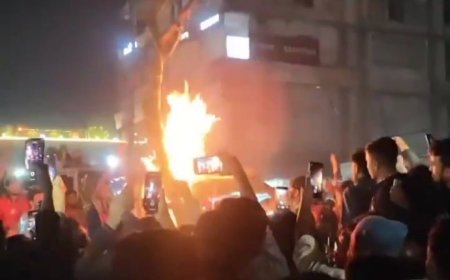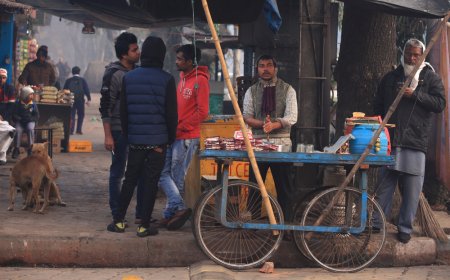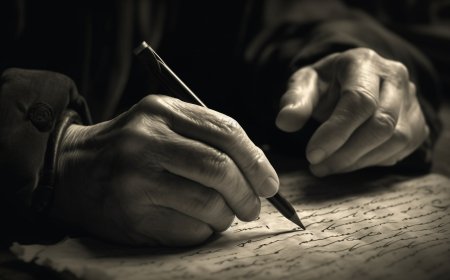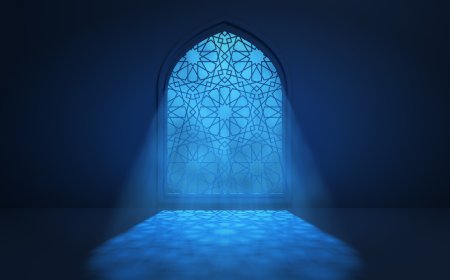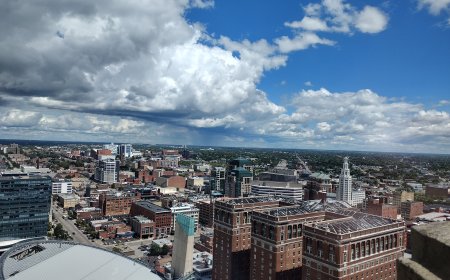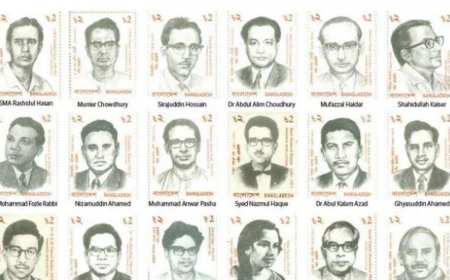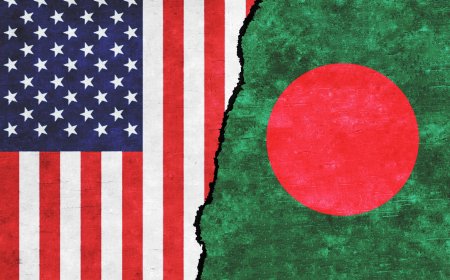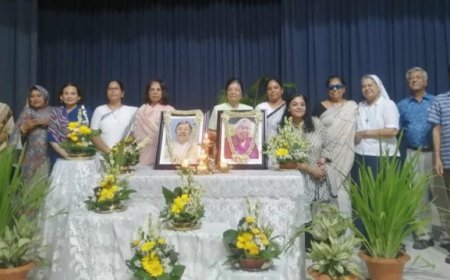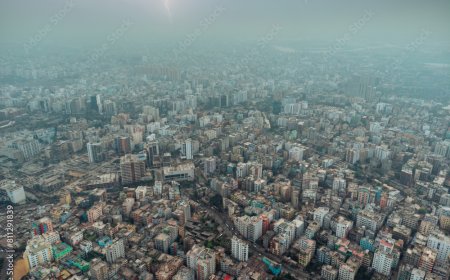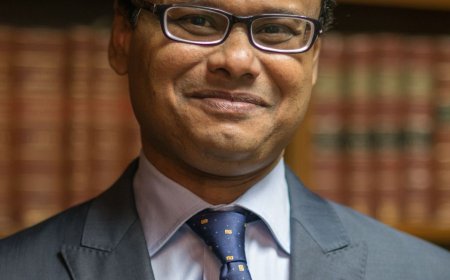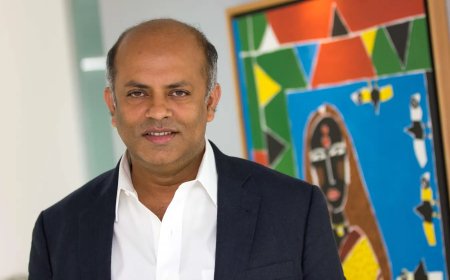A Return to Roots
We need to revive Bengali Islamic architecture. The eight new mosques recently announced would be the perfect place to start.
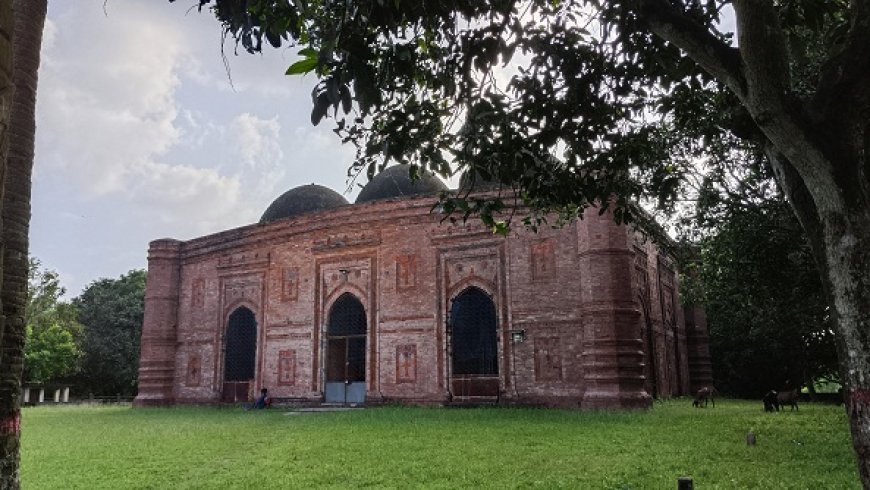
The announcement by Saudi Arabia to contribute BDT 244 crores towards the building of eight mosques, one in each of Bangladesh’s administrative divisions, is welcome news, not because there is a shortage of mosques in Bangladesh, but because these mosques are meant to be iconic ones, and there is certainly a shortage of those, especially ones that represent classical Bengali Muslim architecture.
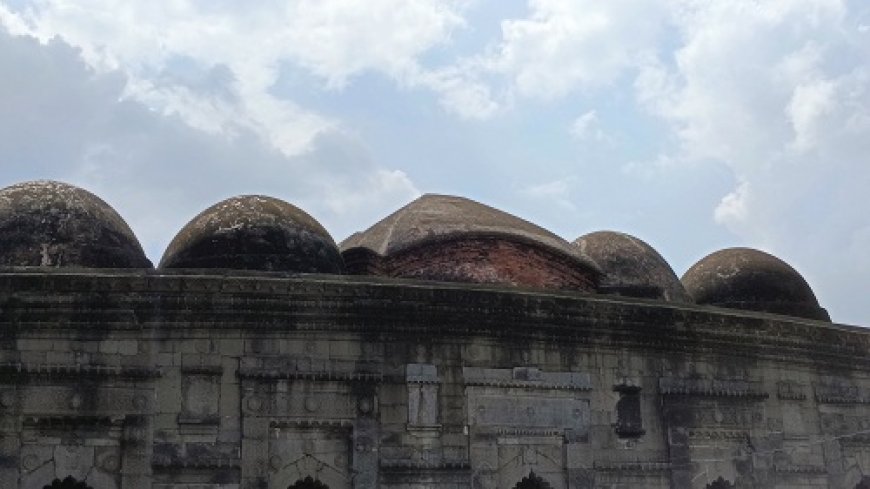
Chouchal dome, Choto Shona Mosque, Chapai Nawabganj
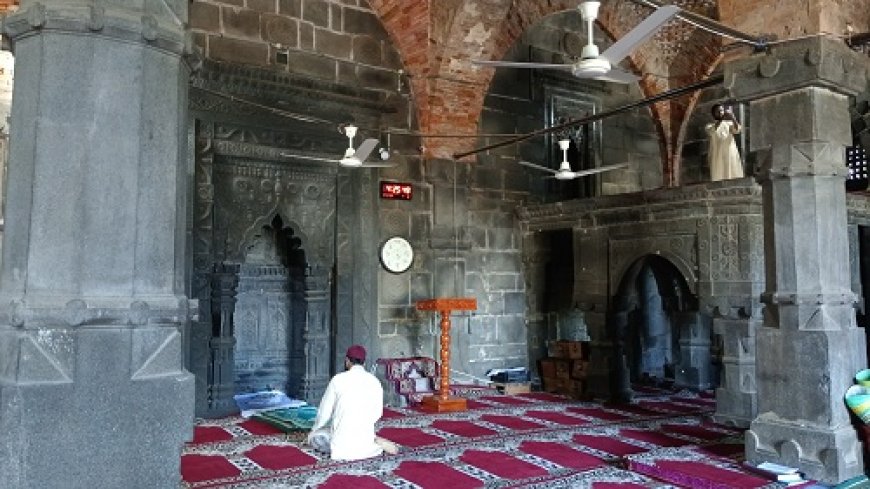
Interior of Kusumba Mosque, Kusumba
This isn’t the first time talk about iconic mosques has come up between Bangladesh and Saudi Arabia. Back in 2020, when Sheikh Hasina announced the construction of 560 mosques and Islamic centres across the country, she also mentioned the eight divisional mosques, and the word "iconic" was used during that announcement as well.
The eight divisional mosques did not happen, but the 560 upazilla mosques did, which, while nearly identical and certainly appealing to look at, are not Bengali in form or style -- they feature beautiful Arabesque patterns reminiscent of mosques in the UAE or Saudi Arabia, but which are aesthetically somewhat inconsistent with Bengali Islamic expression.
With it an opportunity to re-establish a national style was missed. "Re-establish" because this would not have been the first time a uniform and recognisable look for Bengali mosques might have come into being.
Mosques of the Bengal Sultanate period, from as early as the 1200s, drew on several architectural influences both local and foreign, to create a distinctly Bengali Muslim style which was used for the next 300 years as a sort of territorial brand, appearing all across the Sultanate, from as far as Sylhet in the east to Malda in the west; Rangpur in the north and Khulna to the south.

Kadam Rasul Mosque, Gour, Malda
Exceptionally elegant Bengali mosques in brick and stone of various sizes sprung up all over the delta, with recognizable forms and similar decorative embellishments (noksha) -- the grammar and vocabulary of an architectural language that is distinctly Bengali in that it was invented here and drew on influences that have been part of Bengali structural expression for at least 1500 years, if not almost certainly more.
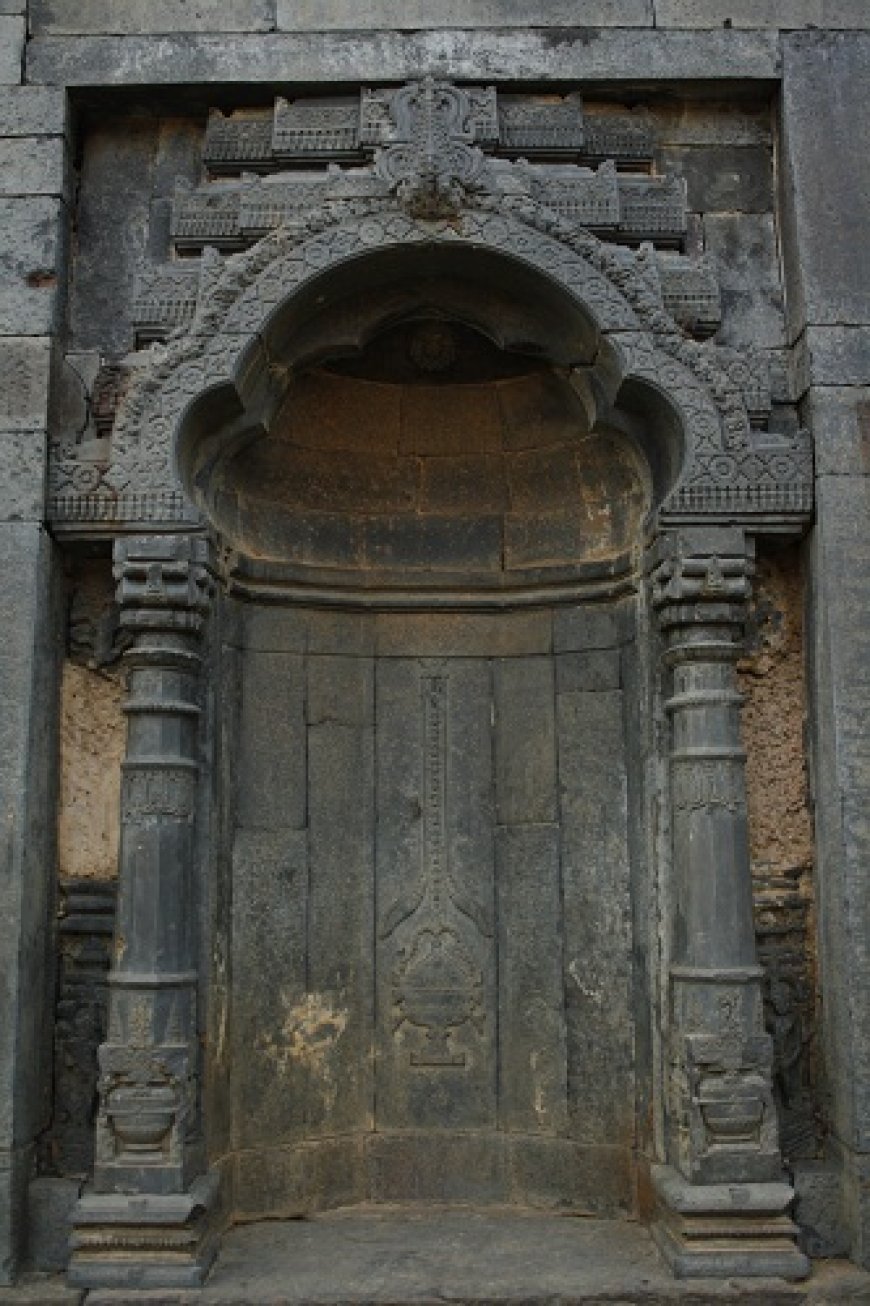
Decorative mihrab, Adina Mosque, Pandua

Mihrab of Darasbari Jame Mosque

Interior of Bagha Mosque
Which brings us to the relevance of the word "iconic". It is common to associate iconic or monumental structures with a particular culture or country. In fact, most of those structures aim to do exactly that -- to create national larger than life landmarks that announce the culture’s self-confidence, its creative gifts, its heritage and its distinct identity.
It can also establish a signature style, one which then goes on to represent the country and its people. The Blue Mosque in Turkey, Angkor Wat in Cambodia, Naksh-e-Jahan in Iran, the Doumo in Florence, Registan in Samarkand, the Alhambra in Spain, the Badshahi Mosque in Lahore, the splendid temples at Orissa and more recently the Grand Mosque of the UAE all represent distinct cultures and people, and do so in a deliberately iconic way.
Bangladesh has iconic structures as well, Somapura Bihar in Paharpur being the most recognizable one.
The Bengali Sultans too were not incognisant of the importance of such structures, far from it, they used them strategically. By ushering in their own signature style on a monumental scale, they signalled both their cultural and political independence, and demonstrated their strength and prowess.
And they did it by attaching themselves to the long line of powerful Bengali kings and empires, in particular the Palas, who had ruled a vast empire from their capital at Gour, which was now also the capital of the new Bengali Sultanate and had previously been the capital of the Sens.

Western wall of Darasbari Jame Mosque, Gour
In 1373 Sultan Sikander Shah commissioned the building of the enormous Adina Mosque at Pandua, barely two decades into the life of the Sultanate. It was the largest mosque in medieval South Asia, larger than anything in what is today Bangladesh, India, and Pakistan, and which remained so until Emperor Aurangzeb constructed the Badshahi mosque, a full 300 years later.
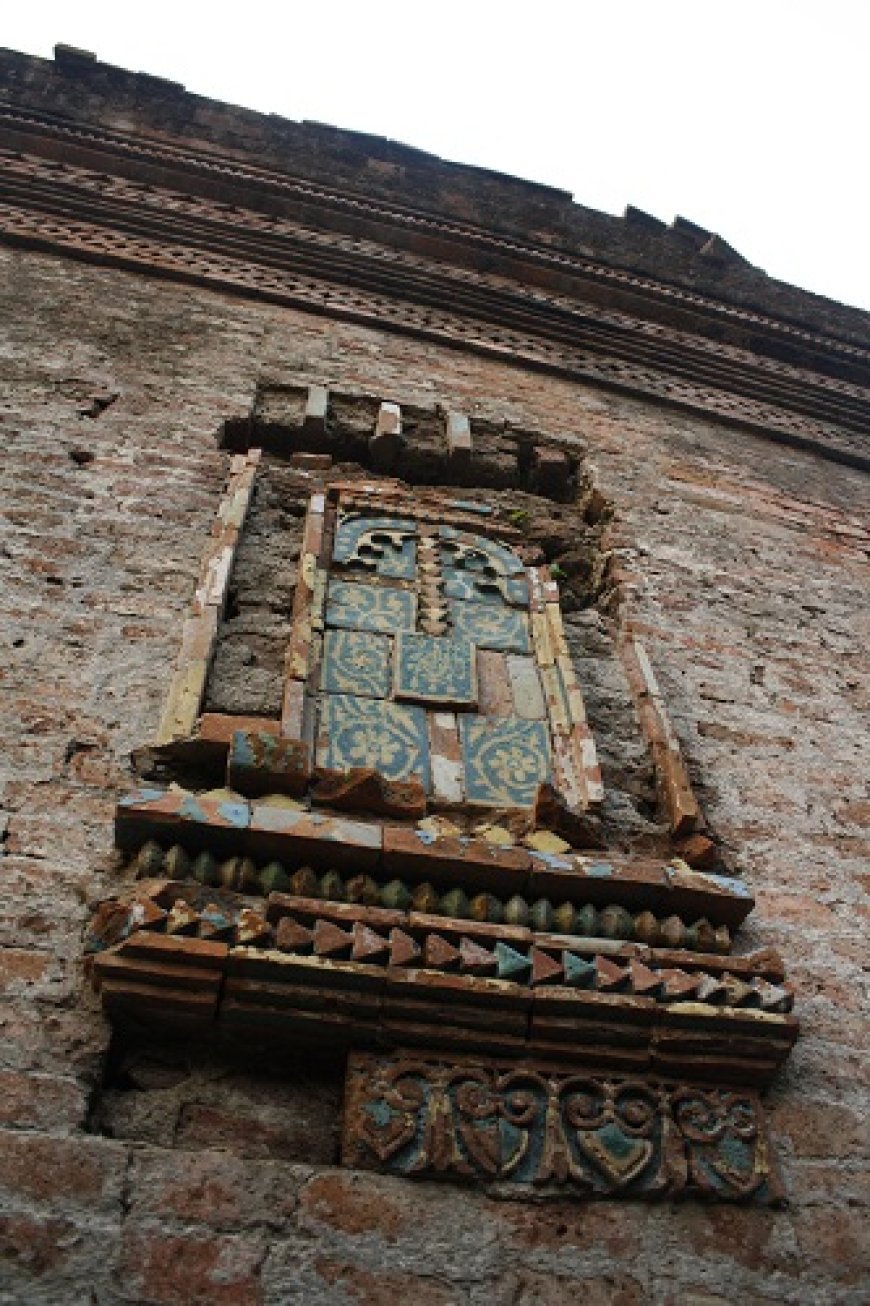
Decorative embellishment, Gumti Gate, Gour
But what sets Adina apart is not its size, it is its form. Drawing on the Pala School of art and architecture, a style which characterized Buddhist monuments across Bengal, Bihar and beyond -- as far as Cambodia and Indonesia in the east, Sikandar Shah created a structure that was as grand and as beautiful as the ones which had gone before it, utilizing much of the same motifs and designs and blending them seamlessly with Indo-Islamic and pre-Islamic Persian influences.
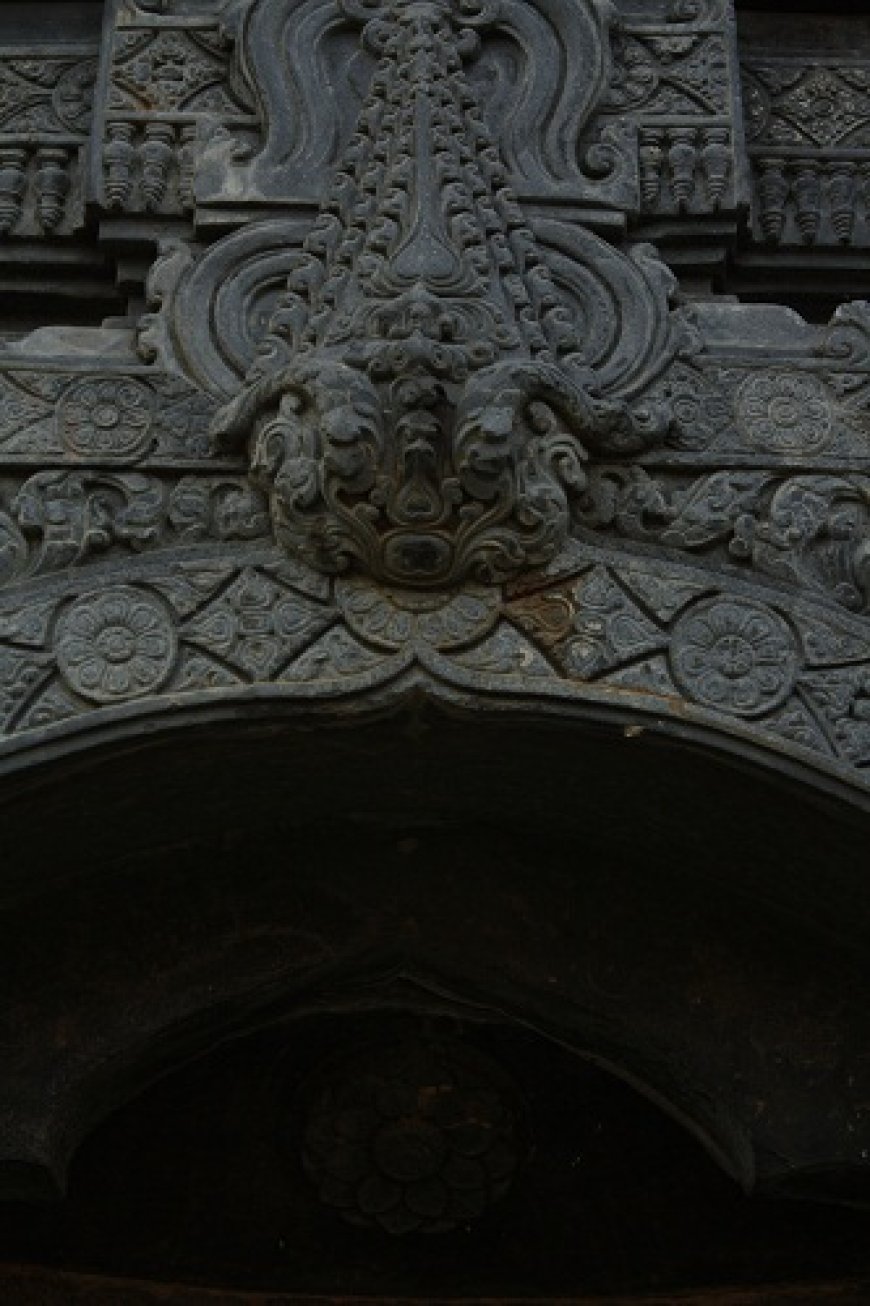
Detail of decorative mihrab, Adina Mosque, Pandua
While It is true that Buddhist and Hindu structures were plundered for their stone pillars and doorways to create Adina mosque, most of its more iconic parts -- its fabulous mihrabs, the central nave and all the external decorations -- are largely new commissions which are consciously consistent with the style and form of Bengali religious architecture, albeit in a new and Islamic reference.
Images of creatures, for instance, are left out and replaced with abstract forms that resemble them; geometric patterns are incorporated alongside floral and vegetal designs, but the structure’s similarities to Pala religious buildings and buildings across South East Asia are unmistakable, even to the untrained eye.
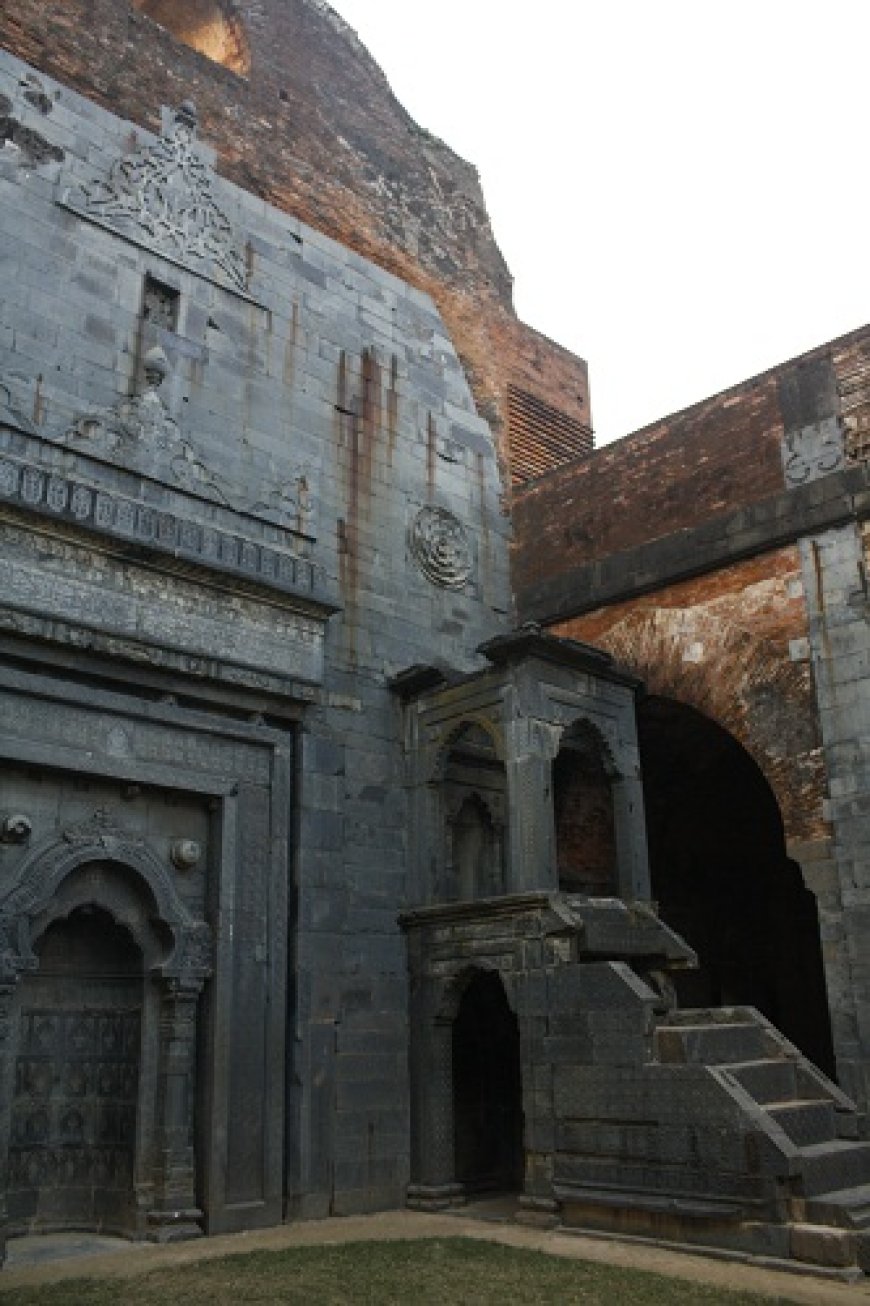
Central nave, mihrab and minbar of Adina Mosque, Pandua
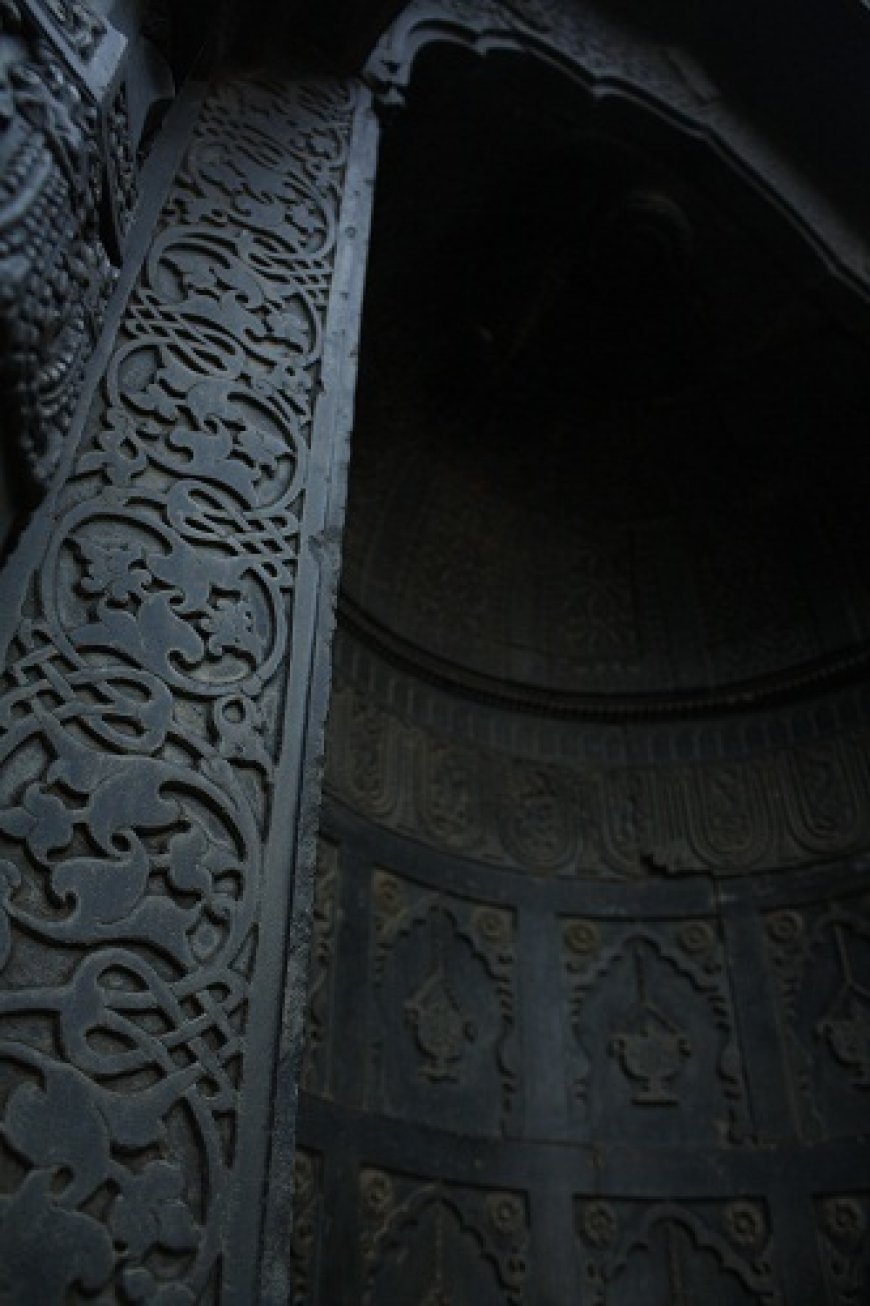
With Adina, Sultan Sikander broke from Delhi both politically and culturally, and associated his kingdom with Bengal -- both culturally and politically. The importance of this move cannot be overstated as it foresaw the eventual transformation of the Sultanate into a wholly Bengali entity, with Bangla becoming one of the official languages of the state about fifty years later.
It also created a national style which was later used to adorn secular structures like fort gates, city walls, administrative buildings and even hammams. The Dakhil Darwaza in Gour, also grand and imposing, is a good surviving example of this.
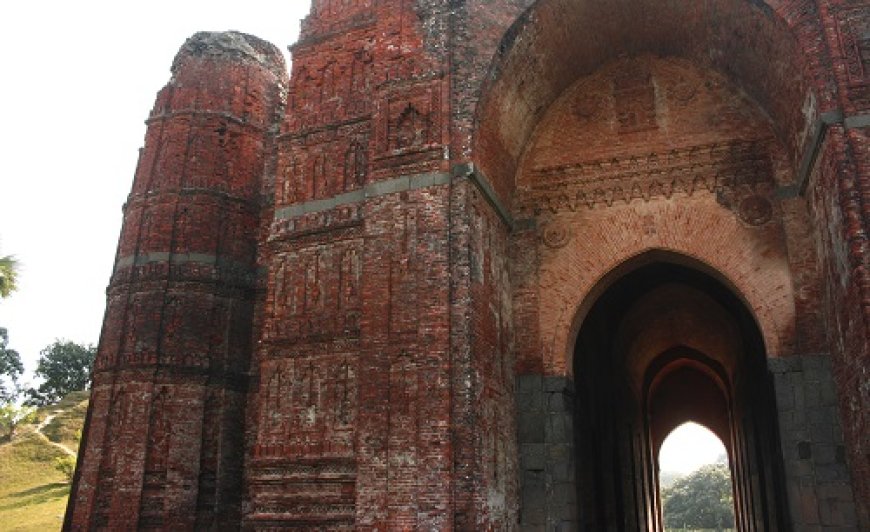
Dakhil Darwaza, Gour
This sort of branding befits an independent Bangladesh, particularly one which is keen to reconnect the present country with our glorious independent past and in which our distinctive Islamic identity has found a new home.
It will announce the return of a style that was once admired by people from places as far away as China, Portugal, Central Asia and Iran, as is attested to in the writings that they have left behind -- people who gazed upon wonderful architecture across the world and also marvelled at the wonders of our own.
Inspiration to create the new iconic mosques can be drawn from medieval Bengali mosques that are found across Bangladesh. The mosque at Kusumba, also known as the Black Gem of Bangladesh because of its splendid stone cladding and stone mihrabs, is a good example, so is Khaniadighi Mosque which is built mostly in brick and has beautiful blind columns at each of its corners.
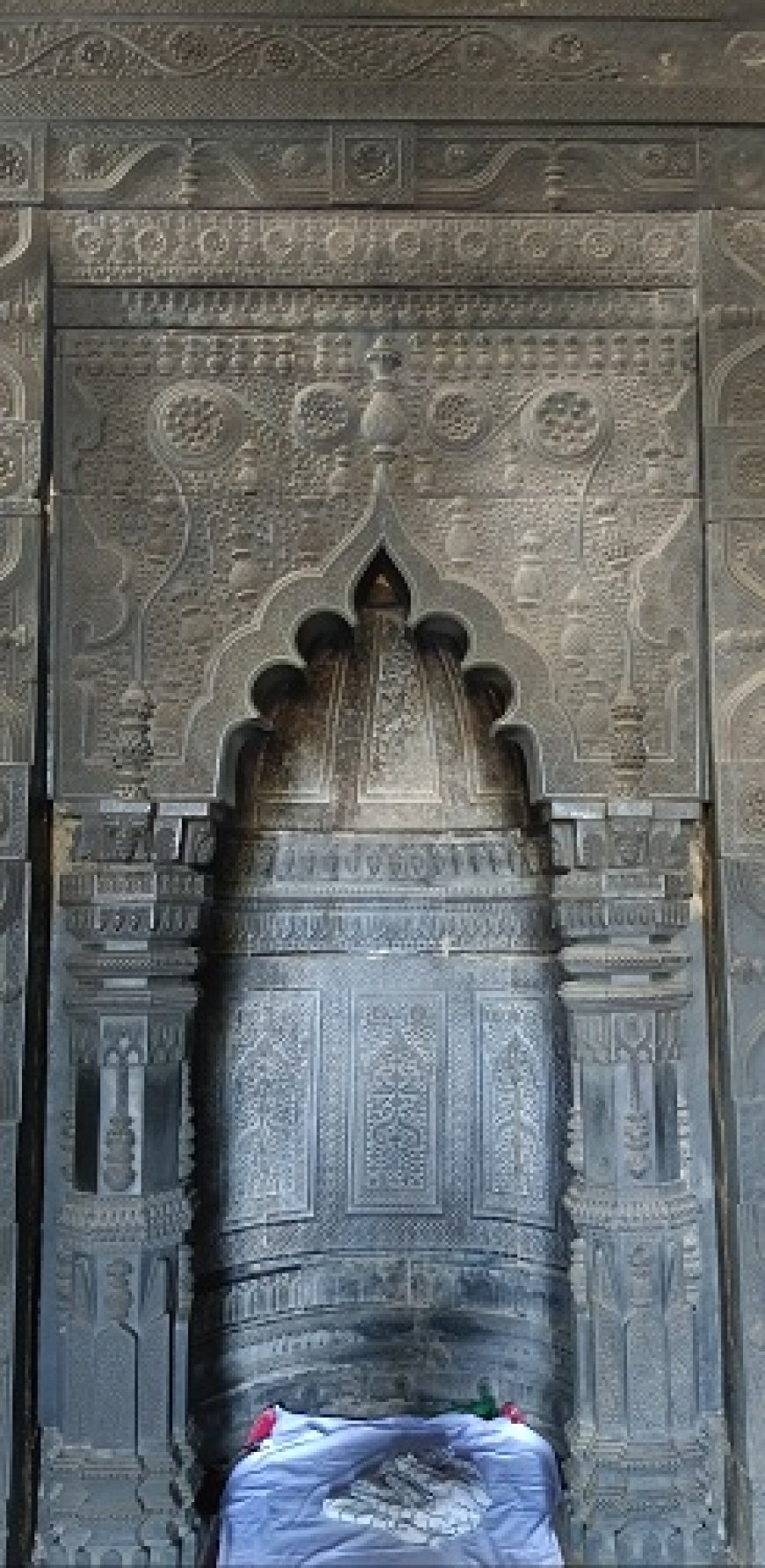
Mihrab of Kusumba Mosque, Kusumba

The mosque at Sura, in brick and stone is also a delightful representation of the best of Bengali Islamic architecture, as is the Shahi Mosque at Bagha which has the finest terracotta mihrabs and which was described as an olongkar, jewellery, by one of the khatibs who look after it.
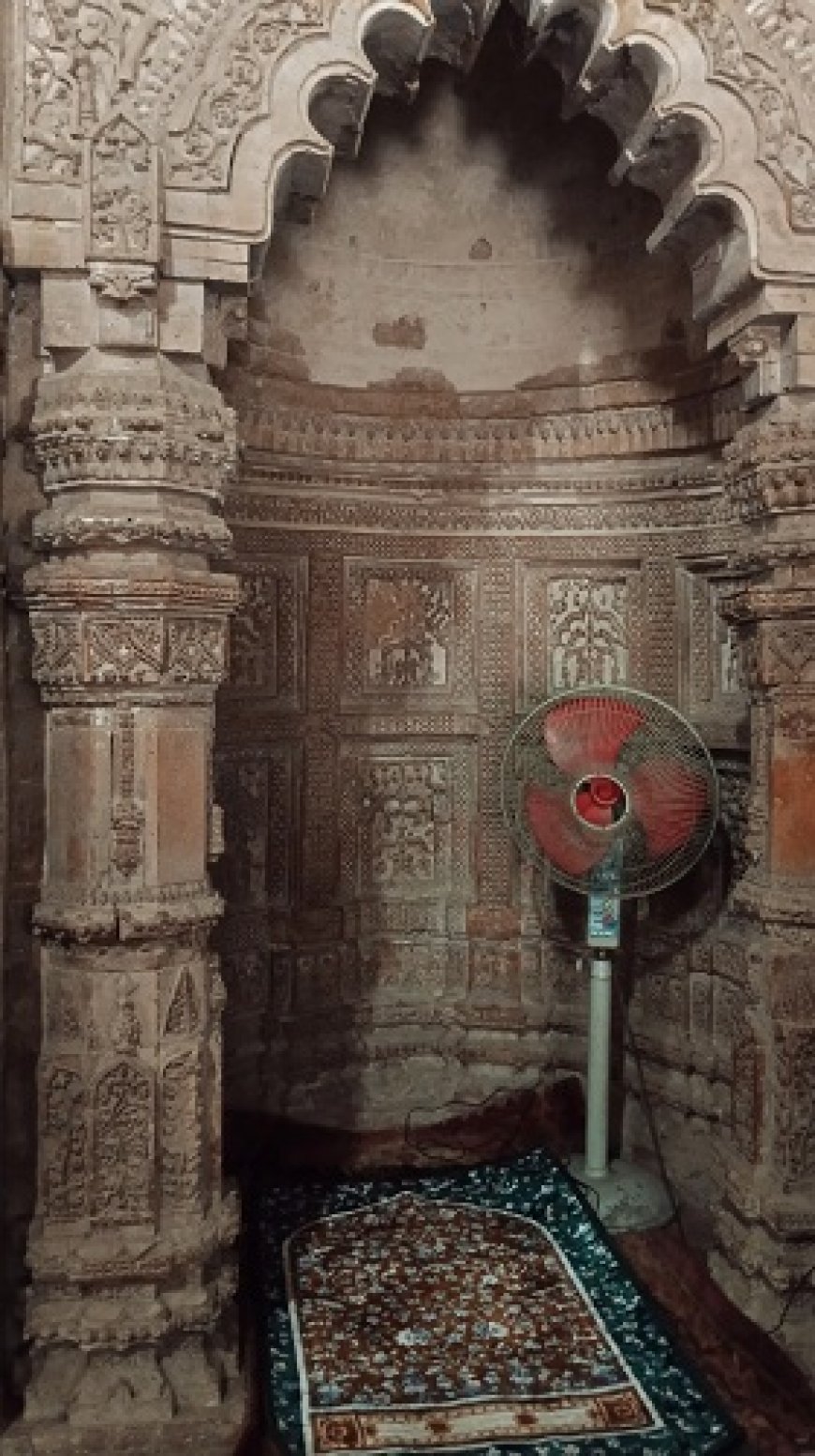
Mihrab of the Shahi Mosque, Bagha
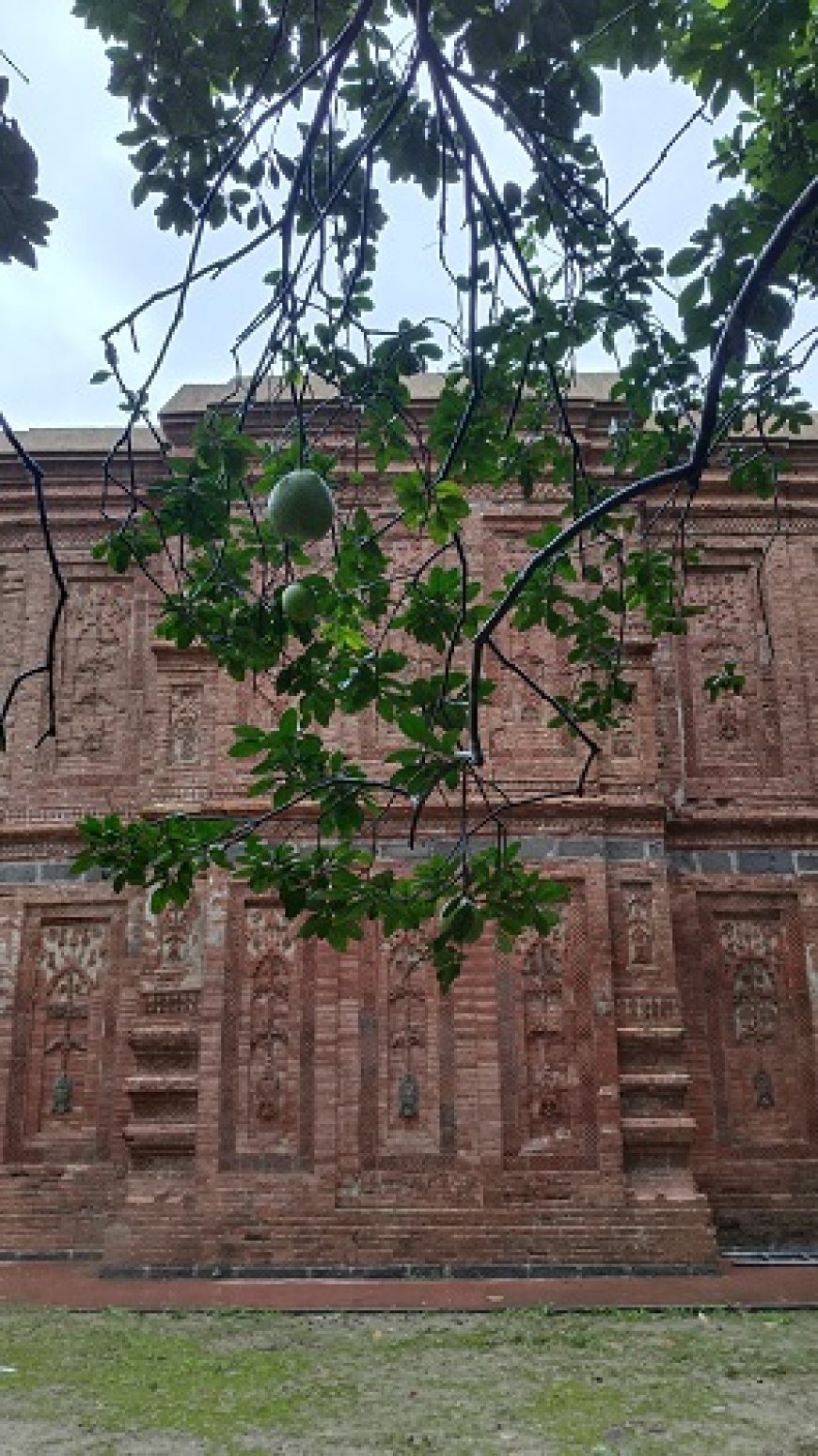
The Darasbari Jame Mosque, sadly in ruins, is perhaps the best example of an iconic Bengali Mosque and even in its decay retains much of its best decorative features and beautiful mihrabs, that can serve to ignite the creative spark of architects and builders of today.
The 60-domed mosque in Bagerhat and the Choto Shona Mosque at Chapai Nawabganj feature unique chouchal domes down the central prayer hall, very reminiscent of traditional Bengali homes, something that can also be incorporated into newly designed mosques.

The Columns of Choto Shona Mosque, Chapai Nawabganj
And that’s also the other reason why these iconic mosques should be built in a Bengali reference. Because they are, simply put, incredibly beautiful. Though there are nationalistic reasons for building them as Bengali mosques, the aesthetic reasons for doing so are in fact much more compelling.
The style that was developed during the Sultanate period was exceptionally attractive, and the rulers of the time had sensibilities that were fine enough to appreciate the creative genius of Bengali craftsmanship as well as the beauty of their traditional style.
They eagerly incorporated the curvilineal roof, the sculpted stone pillars, the arches and lintels, the motifs and the embellishments because those appealed to them and they chose to worship in spaces that are beautiful, a sort of testament to al-Jamil -- the name of God that represents beauty.
In this they are the same as all the builders of beautiful mosques, churches and temples all over the world, but distinct in that they created structures that are, for lack of a better way of putting in, Bengali civilization in brick and stone.
The current rulers of Bangladesh have a unique opportunity to leave their mark on this land for generations to come and to create a new chapter in the book of Bengali civilization.
These eight mosques can begin a revival; the people who commission them will be credited with rebirthing the unique Islamic architecture of this country and can create a pathway for the past to come into the present by opening up the designing of these mosques to a competition.
Contemporary architects in Bangladesh, of which there are several award-winning ones, can be tasked with reimagining Sultanate architecture in a conceptual, modern context.
By doing this, they will not be re-creating the past but creating the future of Bengali Islamic architecture, one which is rooted in the unique aesthetic sensibilities of our culture.
Because, let’s be honest, for a structure to be iconic, it cannot be an imitation of something from somewhere else, it must be unique and it must confidently reflect the distinctiveness of the people it is meant to represent.
It must say that Bengali Muslims are a distinct and confident people who are comfortable in their identity.
Zeeshan Khan is the author of 'Right to Passage -- Travels Through India, Pakistan and Iran' and a barrister from Middle Temple
What's Your Reaction?









